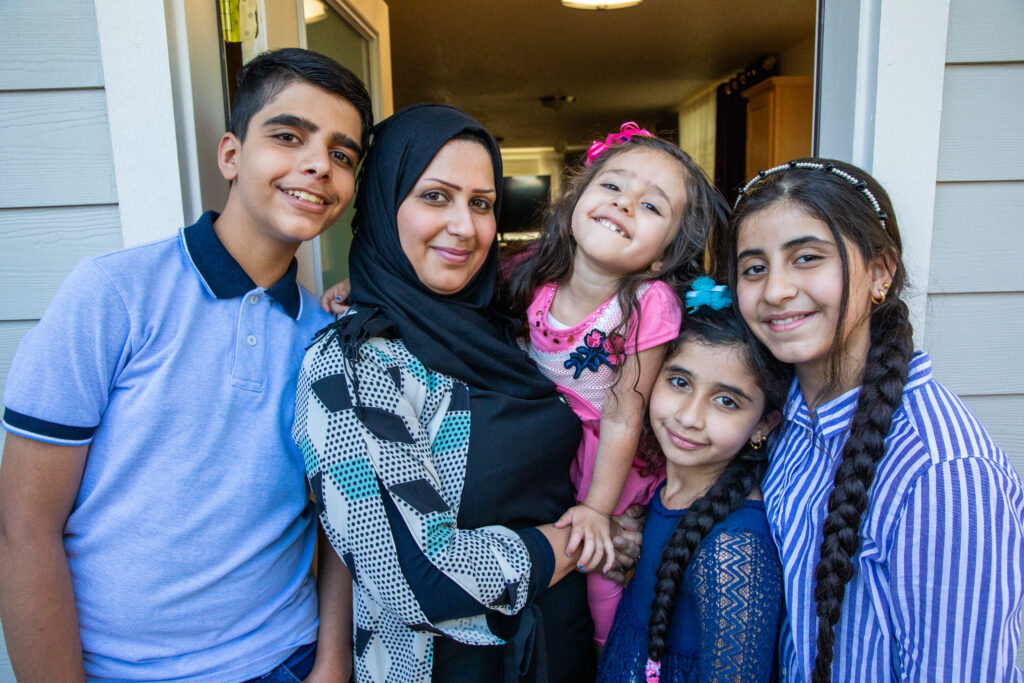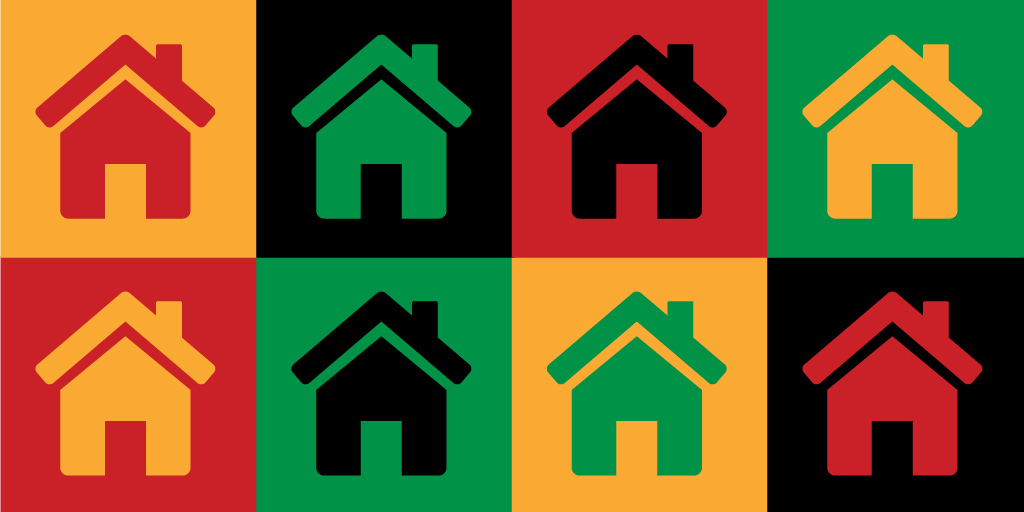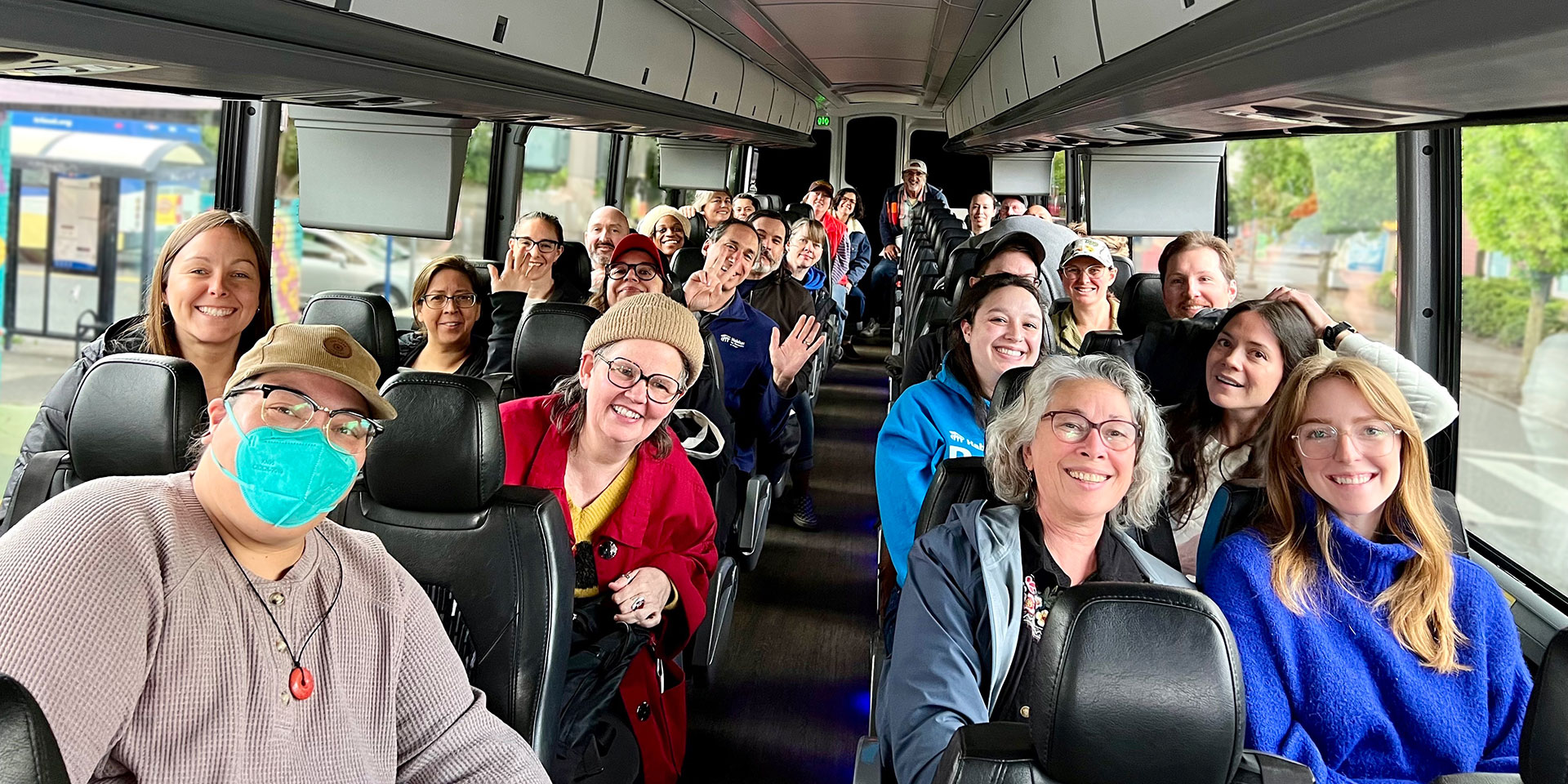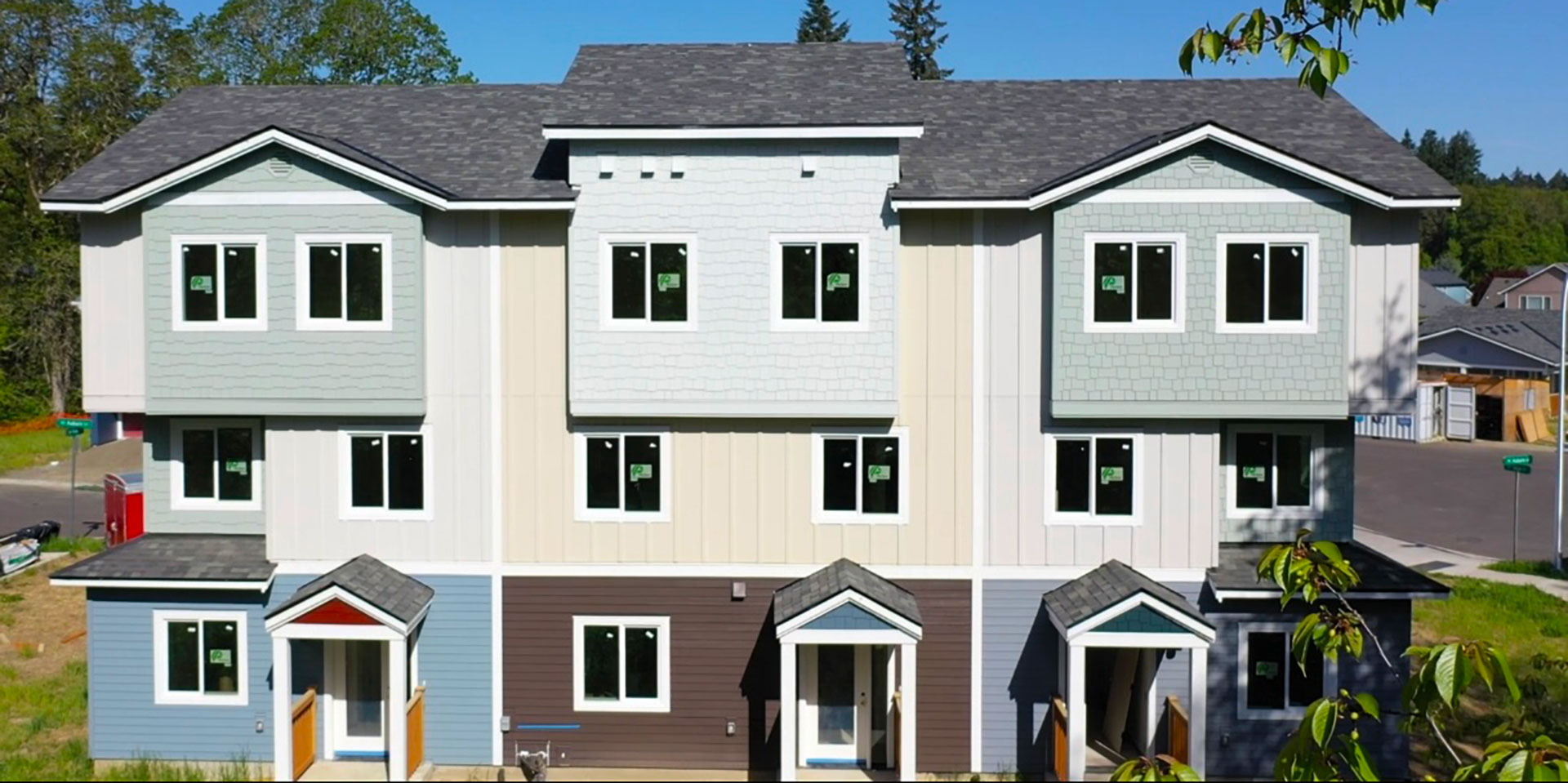
Stable, adequate, and affordable housing leads to better educational outcomes for children of all ages, according to recent studies. This is particularly true for Black and Hispanic/Latine populations, who are twice as likely to live in substandard housing as White populations.
Habitat for Humanity International has released an analysis that examines how housing affects children’s education. While making direct connections between housing and its impact on children’s education is challenging, studies have drawn a pathway between owning an affordable and stable home and experiencing positive educational outcomes.
Not surprisingly, parental income is now one of the strongest factors in how well children perform in school. Children from families with lower incomes are more likely to live in homes plagued by open cracks and holes, water leakage, rodents, and pests, which lead to an increased risk of respiratory issues, illness, and other environmental stressors.
Additionally, children in lower-income households are more likely to live in overcrowded homes than their wealthier peers, which leads to a lack of privacy, loud study environments, sleep disturbances, and behavior problems.

Challenged by the Income Achievement Gap
The income achievement gap – which shows the difference in educational outcomes by family income – has been persistent since the 1950s, with some studies showing a widening gap. Children from wealthy families consistently perform four grade levels higher than children living in poverty. Children from wealthy families are also more than twice as likely to enroll and graduate from college than children from households with lower incomes.
Studies show that Black and Hispanic/Latine children from families with low incomes are more likely to experience higher residential instability and live in segregated neighborhoods with lower-quality schools. In fact, the National Center for Education Statistics found that about 45% of the nation’s Black and Hispanic/Latine students attend schools where most students are from families with low incomes, compared with 8% of white students.
High-poverty, racially and ethnically segregated schools tend to have lower average academic achievement than racially and ethnically integrated schools.
Residential Instability
Households with low incomes move at more than twice the rate of families with higher incomes, primarily because of housing cost burden, structural and environmental housing problems, neighborhood violence, or foreclosures and evictions. The impacts of residential instability persist throughout childhood.
Young children who move three or more times before preschool face the most severe negative consequences to their cognitive, emotional, and behavioral development. Elementary-aged children who experience residential instability tend to score lower on reading and math tests, which can hinder their success in middle school. Adolescents who experience frequent and unplanned moves are more likely to have social and behavioral issues that impact their academic achievement and educational attainment.
How Habitat helps
Habitat is committed to providing stable, affordable, and adequate homes for families and individuals. We strive to ensure mortgage payments consume no more than 30% to 34% of a homeowner’s income by offering affordable, financial packages.
We work with people to help sustain homeownership by providing flexible mortgage and restructuring options and other financial support to homeowners.
The stability of a Habitat home allows homeowners to minimize disruptions to their children’s education, which can help counteract the negative impact of limited community resources.
Habitat’s repair programs offer longtime homeowners the opportunity to affordably address acute housing maintenance problems and improve the quality of their homes. Improving issues like air quality can help control children’s symptoms and flare-ups from chronic respiratory illnesses, such as asthma, allowing them to miss fewer instructional days.
Additionally, Habitat advocates at all levels of government for programs and policies that support new construction and rehabilitation of affordable homes, increase access to affordable mortgages, optimize land use regulations for affordable homes, promote investment and homeowner and renter stability in revitalizing neighborhoods, and increase affordability in healthy, well-resourced communities with better-quality schools. These policies help homeowners and renters reduce their housing cost burdens and free up financial resources to invest in their financial stability, health, and education.
Selected Sources
Eric A Hanushek and others, “The Achievement Gap Fails to Close: Half Century of Testing Shows Persistent Divide Between Haves and Have-nots,” Education Next, 19.3 (2019), 8-17.
Sean Reardon, “The Widening Achievement Gap Between the Rich and the Poor: New Evidence and Possible Explanations,” in Whither Opportunity? Rising Inequality, Schools and Children’s Life Chances, ed. by G.J. Duncan and R.J. Murnane (New York: Russell Sage, 2011), pp. 91–116.
Hope Harvey, Rachel Dunifon and Natasha Pilkauskas, “Under Whose Roof? Understanding the Living Arrangements of Children in Doubled-Up Households,” Demography, 58.3 (2021), 821–46. https://doi.org/10.1215/00703370-9101102.
Leonard M. Lopoo and Andrew S. London, “Household Crowding During Childhood and Long-Term Education Outcomes,” Demography, 53.3 (2016), 699–721.


